When was the last time you had a roofing professional perform regular maintenance on your roof? Your roof is exposed to a myriad of potential problems that can be caused by exposure to weather. For example: UV rays, ice, debris, faulty repairs, rooftop traffic, improper installation, and other issues. Problems with your roof can lead to premature deterioration and shorten roof life if they’re not caught early.
Regular roof maintenance gives you the opportunity to inspect each area of your roof. Review the condition of the materials and components that make up your roof, and notice any changes that may have occurred since the last scheduled maintenance.
Big problems caused by small issues
Even minor roof leaks can cause major problems inside your building. Such as damage to ceilings, walls, electrical work, building structure, and equipment or machinery. The cost of making these repairs, on top of the repairs to your roof, can add up.
Let’s say there’s a small gap in the flashing around a roof penetration such as an exhaust fan. Water enters into the roofing system through that gap, allowing moisture to seep into your roof and possibly your building. It can take a long time to identify a flashing gap if you wait until you see signs of water inside your building. By then the wet insulation is no longer as effective and can lead to other problems. Thereby shortening the performance and longevity of your roof.
A roof maintenance expert will notice that small gap and fix it on the spot. Which keeps water damage to your roofing system and inside of your building to a minimum.
Other problems your roof inspector will look for include:
- Debris buildup
- Damage from debris
- Damage from storms
- Roof membrane damage from personnel who work on rooftop equipment
- Issues related to roof penetrations
- Missing or loose flashing
- Base flashing that’s slipping
- Pitch pocket problems
- Restricted water flow and runoff
- Gutter seals issues or corrosion
- Mold
- Damage to or degradation of any roofing material
Often problems like these can be fixed the same day or with a few hours of work later in the week. If your roof is experiencing these problems at the same time it could reach a critical mass. That leads to major problems including roofing system failure, especially during extreme weather.
Red flags you need to know about
Water ponding on your roof is an example of a red flag that needs attention. According to the National Roofing Contractors Association (NRCA), water on your roof should drain or evaporate within 48 hours or sooner. If it doesn’t, you could have an underlying problem that’s as simple as a clogged drainage system. Or as complex as improperly tapered roof insulation. Stagnant water is heavy, which strains your roofing system and can weaken supports and decking or. If the roof membrane in a ponding area is punctured during a storm or other event, the pooled water could drain directly into your roofing system and property.
Ponding water can also contain contaminants that degrade your roof membrane. Even today’s high-quality roofing materials are susceptible to degradation from prolonged exposure to contaminants.
Another red flag found during routine roof maintenance is a change in the appearance of your roof membrane. Cracks, blisters, bubbles, and gaps in seams are all signs of trouble, as is premature material degradation. These problems can be especially significant with single-ply systems.
Written reports, budgeting, and roof management
The written documentation a roof maintenance expert provides gives you data you need for effective roof management, including developing a solid capital budget. Knowing the current condition of your roof (and having the photos that prove it) helps you plan and budget for major roof repairs, roof renovations, and roof replacements and get approval from your board if needed.
Few things can get your property budget off track faster than a major roofing emergency.
Ideally, you have a collaborative relationship with a roofing contractor who understands your unique roofing system and not only provides maintenance services but major repairs, renovations and re-roofing services as well. A contractor with at least 10 years of experience working with property owners and managers is your best bet for a coordinated approach to roof management and longevity.
How often should you schedule roof maintenance?
Your roofing contractor will suggest the appropriate interval for roof maintenance based on your property, geographic location, roofing system, roofing system age and other factors. At a minimum, you’ll want to have it inspected and maintained twice a year and after major storms.
Well-maintained roofs typically last 25% longer than roofs that aren’t maintained. That translates into as many as eight extra years, which is a very good investment. Listening to what your roof is telling you pays off!
TekRoof is a Greater Boston residential roofing company. TekRoof will help you with your roof installation needs but also its maintenance. Among other Boston roofing services, we offer advice on how you can enhance your home’s curb appeal. Request a Virtual Consultation or call 1-833-TEKROOF (833-835-7663).

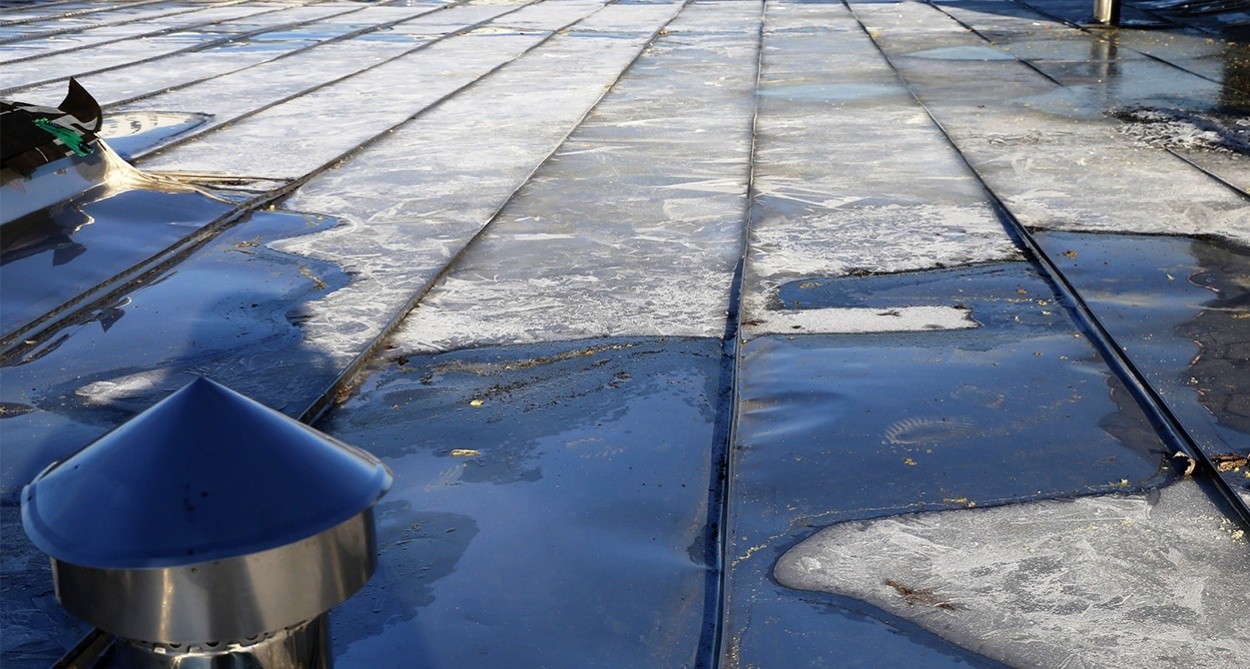
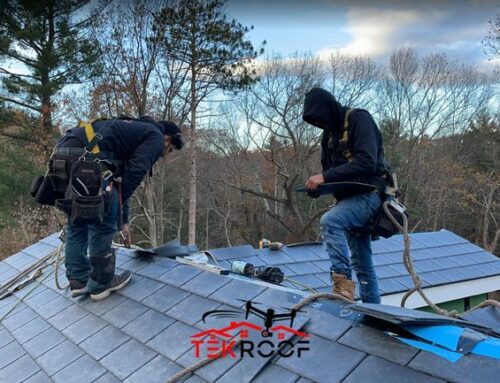
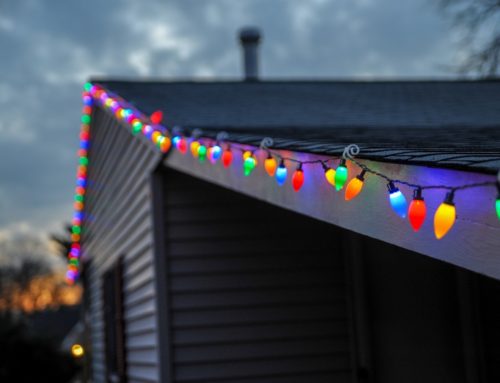
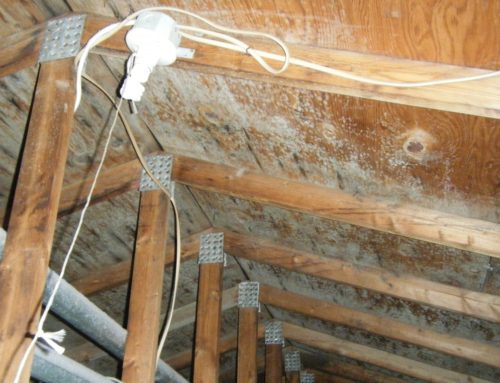
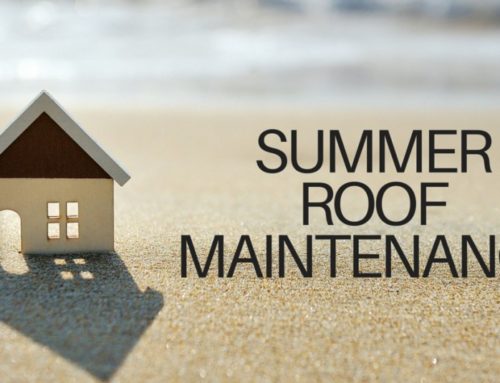
Leave A Comment